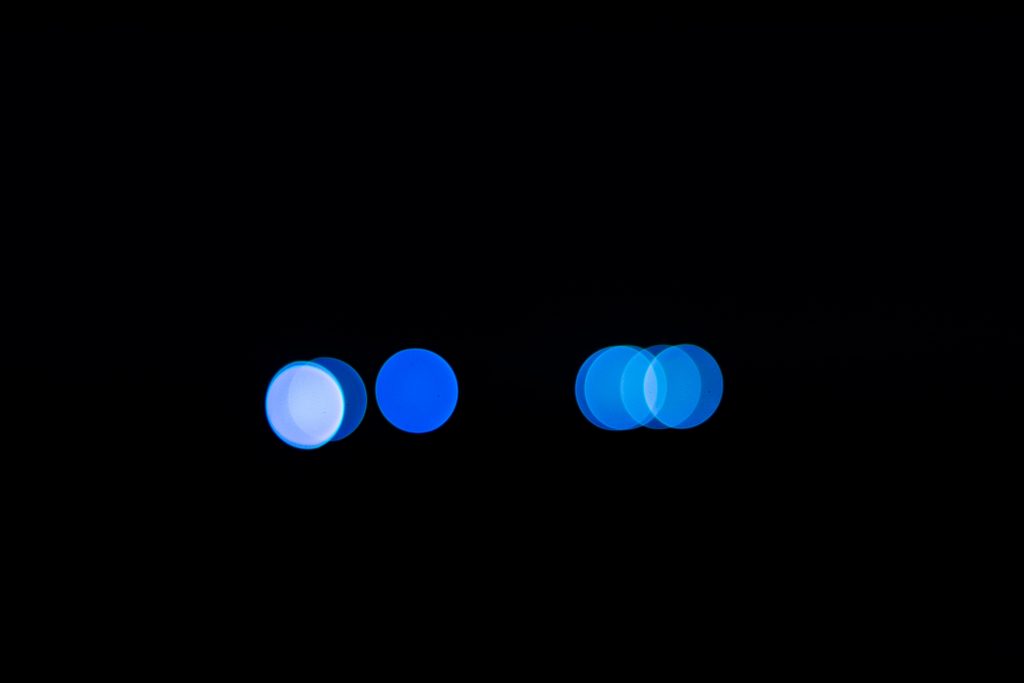
I hear parents say it often: “It’s time to focus now!”
Rarely does it seem students know what ‘focusing’ is. Do parents know what focusing is? Do you know what focusing is?
I’m not sure.
I think what we want is for students to engage their full attention and awareness.
To not lose a connection with their body.
To maintain a connection with their aural environment.
To both see the whole picture and direct attention to the tiny details.
At any given moment two ‘things’ are happening simultaneously:
We are doing a thing, and
We know we are doing that thing
For example, we are sitting in our chair and we are aware of the fact that we are sitting in our chair. If we are daydreaming about future career endeavors we are no longer aware of sitting in our chair. Where we are and what we are aware of have diverged, which, as a resting state, is quite an uncomfortable one. This is why waking life is anxiety-inducing for most.
If we want our students to be confident and present in this moment, we must train them to not just do things, but ‘know’ they are doing things. That knowing is made up of two parts, attention and awareness.
Attention is specific knowing. It is the proverbial spotlight of our mind. Attention highlights a specific aspect of our environment, either internal or external, at any given time. Attention may be active or reactive. Very few of us have practice in activating our own attention on what we think is important, rather than reacting to whatever is ‘flashiest’ in our environment. Watching the newest Marvel superhero movie, with flashy explosions and no camera shot sustained more than three seconds, is the best reactive attention practice I can think of.
Awareness, on the other hand, is general knowing. It is a diffuse understanding of the landscape.
To illustrate the point you could call to mind a camera. Think of awareness as everything you are able to see (including peripheral vision) in the landscape you are taking a picture of, whereas attention is the part of the landscape you are focusing the lens on.
Because they are two different brain functions, or ways of knowing, attention and awareness able to (and do) happen simultaneously in every moment. Just as we can walk and chew gum, we can engage in a general understanding of our environment and direct a spotlight onto any specific part of the environment AT THE SAME TIME.
With this basic understanding of the interrelatedness, yet difference, between attention and awareness, let us begin to tease out some aspects of the very general term ‘focus’ we could train.
- active attention — rather than just looking where the spotlight already is, direct the spotlight
- sustained active attention — learn to keep the spotlight on the same object for an extended period. As the spotlight is pulled to other items (reactive), direct it back to the meditation object
- open external awareness — summon a rich tapestry through the five senses of your awareness field, don’t allow the spotlight to limit the width of this tapestry
- open internal awareness (introspective sensitivity) summon a rich tapestry of the mental environment. Know when the mind is wandering, anticipate sleepiness, monitor hunger/silliness/emotional state.
- expand attention – allow the spotlight of attention to grow to a larger object with the same potency of illumination
- uninterrupted continuity of attention — resist any mental distraction from mind spotlight
- exclusive focus/single pointedness — no distracting thoughts or shifts in attention arise
- full minded attention and awareness in all situations, never shrinking the scope and depth of attention and awareness
For thousands of years these meditative muscles have been trained in a very specific gym. Monks lived in monasteries, sat on cushions for most of their days, and grounded attention and awareness in the breath happening in the physical, present moment.
Though this gym has the advantage of being simple, effective, and somewhat culturally romanticized, I haven’t found it to be particularly effective with three year olds.
I’ve spent most of my creative teaching work this year developing games which work beautifully to develop ‘focus’ with my youngest students.
Each game, especially with their layered on challenges and twists, serve to train several aspects of attention and awareness. The value of each one is they are concrete and memorable, making the game easy to play with a three year old in the lesson AND at home without using bulky language like internal awareness, exclusive focus, and introspective sensitivity.
These skills are paramount to train, especially at a young age, but they can’t be carbon copied directly from the meditative traditions with our current social context and age limitations at play. I start these games at the second lesson and right away in group class. You’ll be amazed how they shape the conversations you are able to have within the first year with your pre-twinklers and their parents.

Leave a Reply